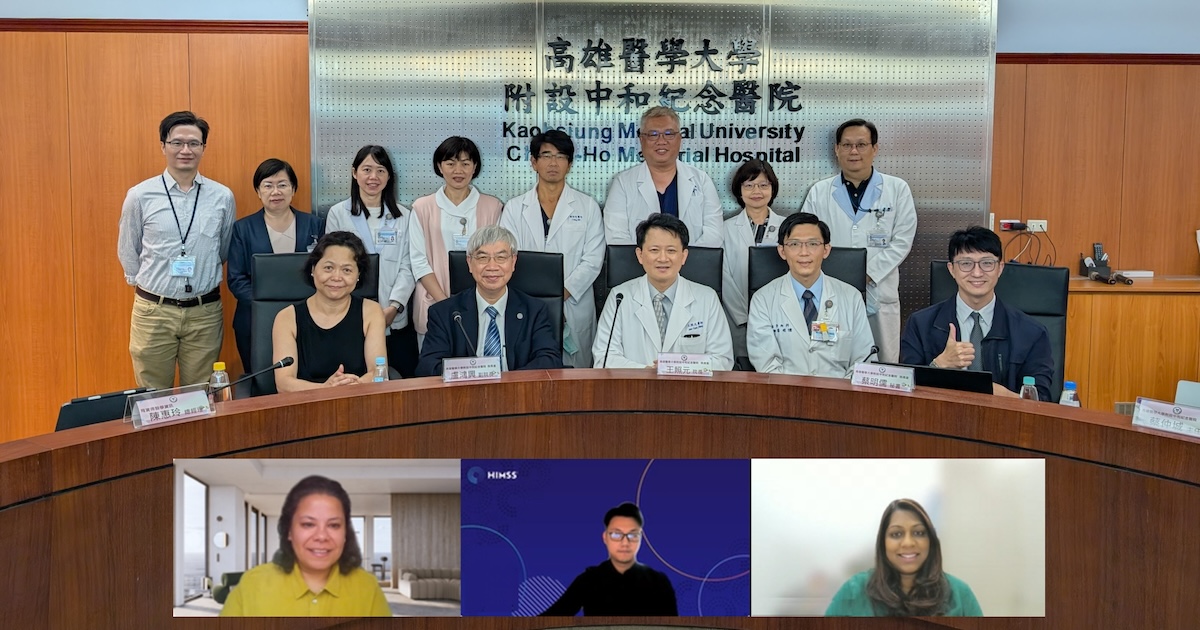
A robust IT infrastructure and standardised data are crucial components to enable an AI-powered smart hospital system.
At HIMSS25 APAC, Samsung Medical Center CIO and professor Wonchul Cha shared major considerations in implementing and integrating new AI technologies into a hospital's existing workflows.
SMC has more than a dozen AI modules on its EMR system, he said, which are mostly used to collect and analyse data, as well as make predictions. While all data is available on the EMR, not all of them are usable.
"You have to convert them and update them periodically," according to Prof Cha.
Data must also be standardised. "Why do we have to standardise? Because we don't want to have the redundancies… We want to make the most accurate decisions based on data," the professor said.
" Without standardised data, you will have a huge problem [implementing AI]."
The hospital CIO underscored the importance of having a strong IT infrastructure that can harness the power of AI. "System-wise, you have to think about the older servers and the networks. We currently run over 500 servers in SMC, and that needs to support the AI area."
Moreover, AI must be something doctors can understand and use in practice. "There are many AI products in the market, but what will matter is how you use them," Prof Cha said. It should, for instance, support doctors in making decisions, which also raises patient safety.
For those looking to adopt large language models, healthcare providers must consider their relevance and contribution to the patient journey, said Prof Cha. "Where are the service points, which part of the patient journey will it deliver value, how will it contribute to patient experience, and how will it improve patient outcomes?"
AI adoption, Prof Cha emphasised, is one part of an overall digital hospital transformation.
"To use AI the right way, you need a layered system and a strategy that can result in better outcomes."
In developing such a strategy, SMC found support from the HIMSS digital maturity models.
"[We were able to] build our own strategy on top of these frameworks… HIMSS validation models have helped us to… [identify] our problems and improve them."
" Integrate new technology into the current work process very carefully. We don't want additional work to increase the burden on our nurses… We have to minimise their burden, not just physical burden, but also the burden of virtual information for the nurses," Prof Cha said.
HIMSS is the parent company of Healthcare IT News.
